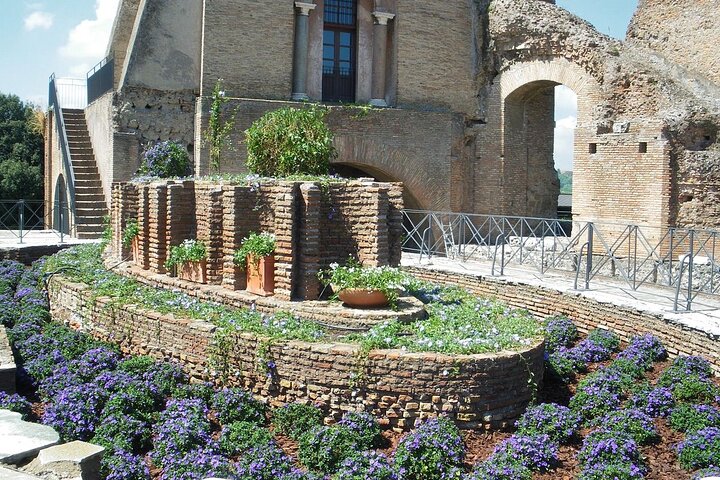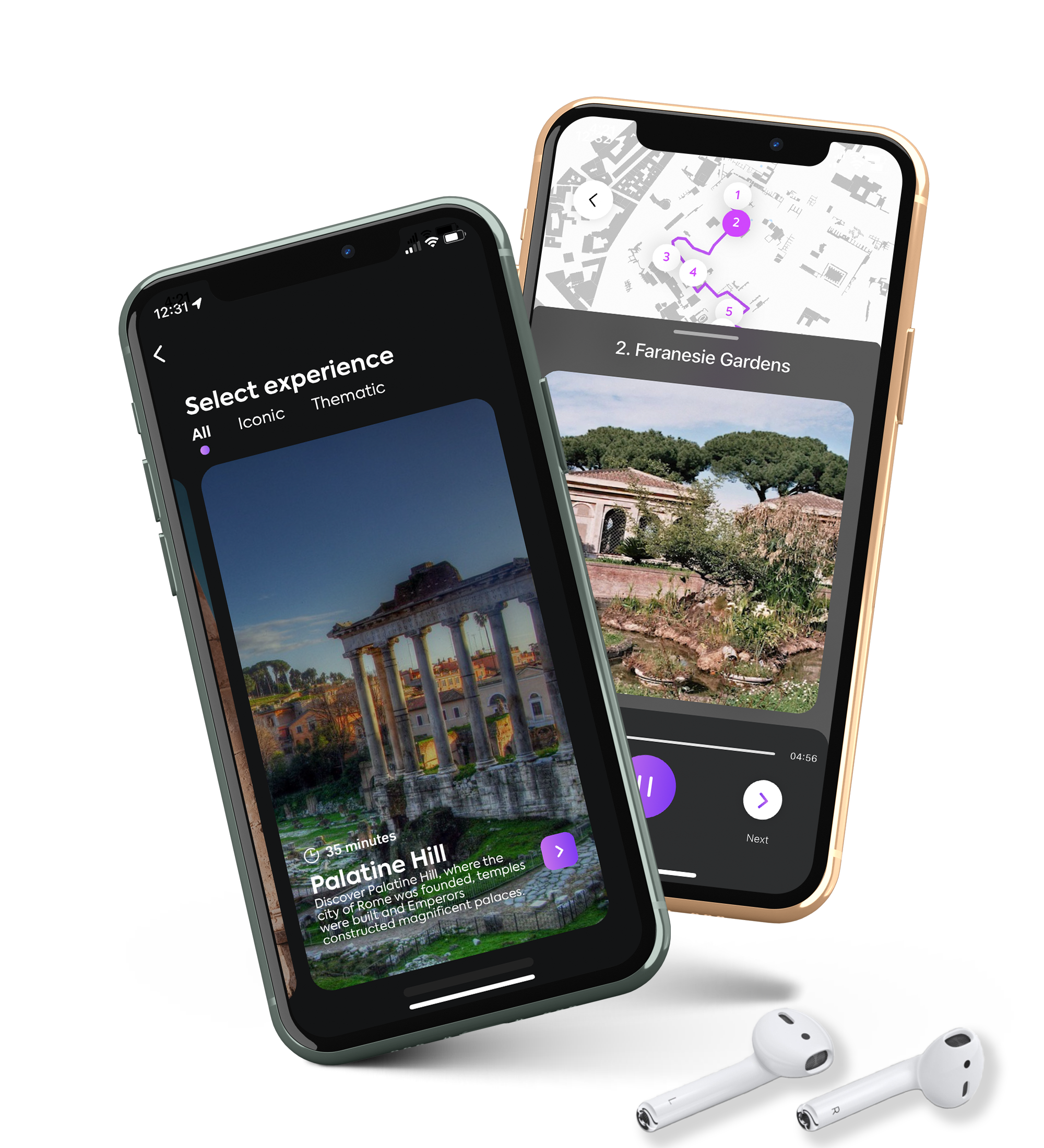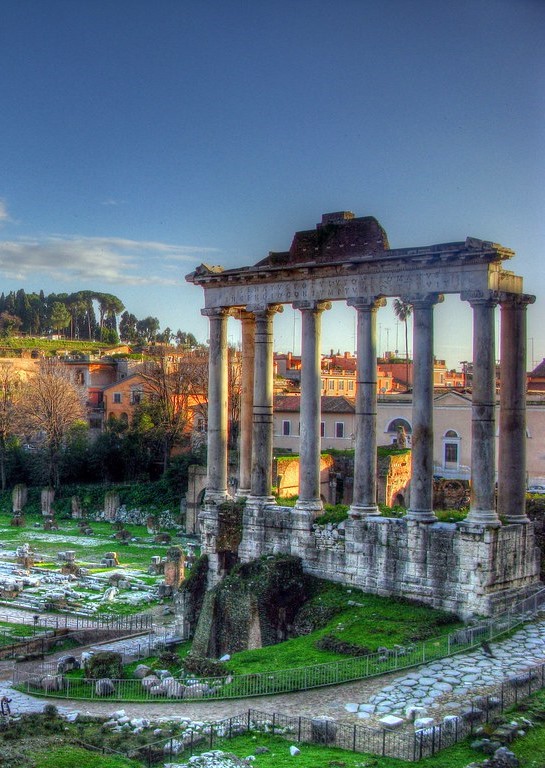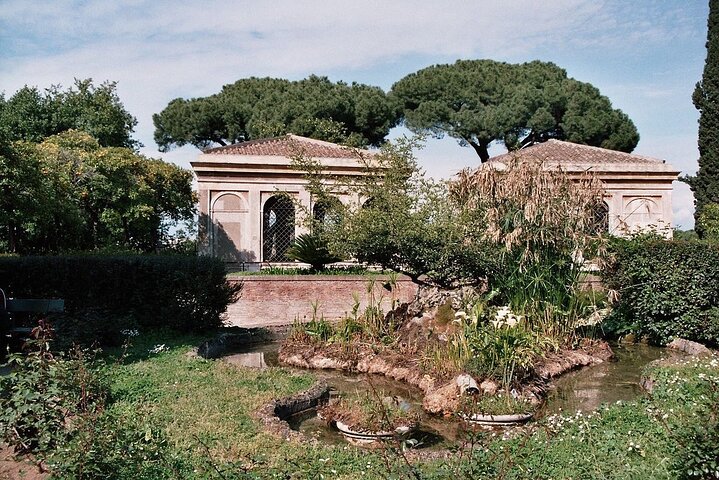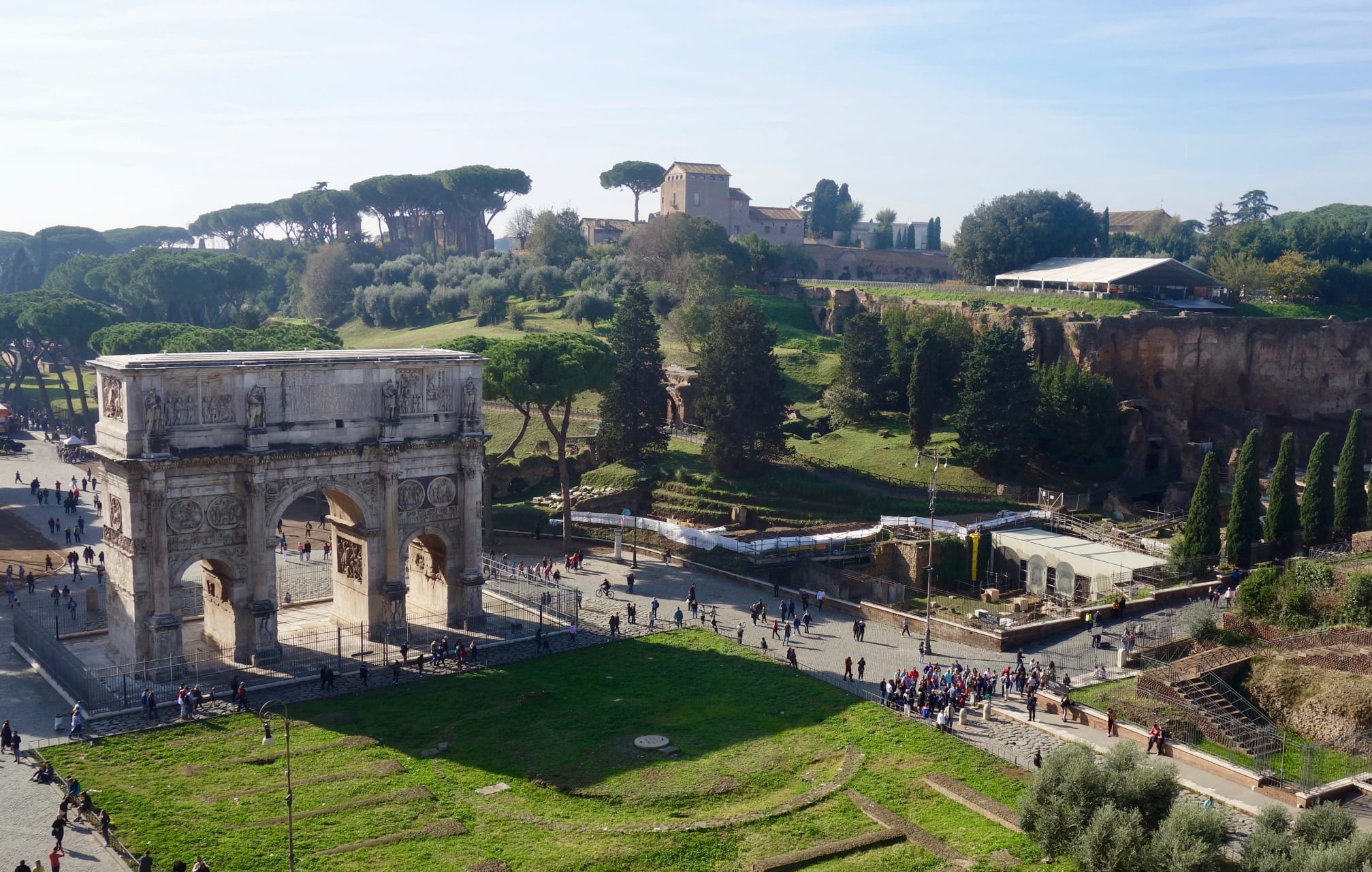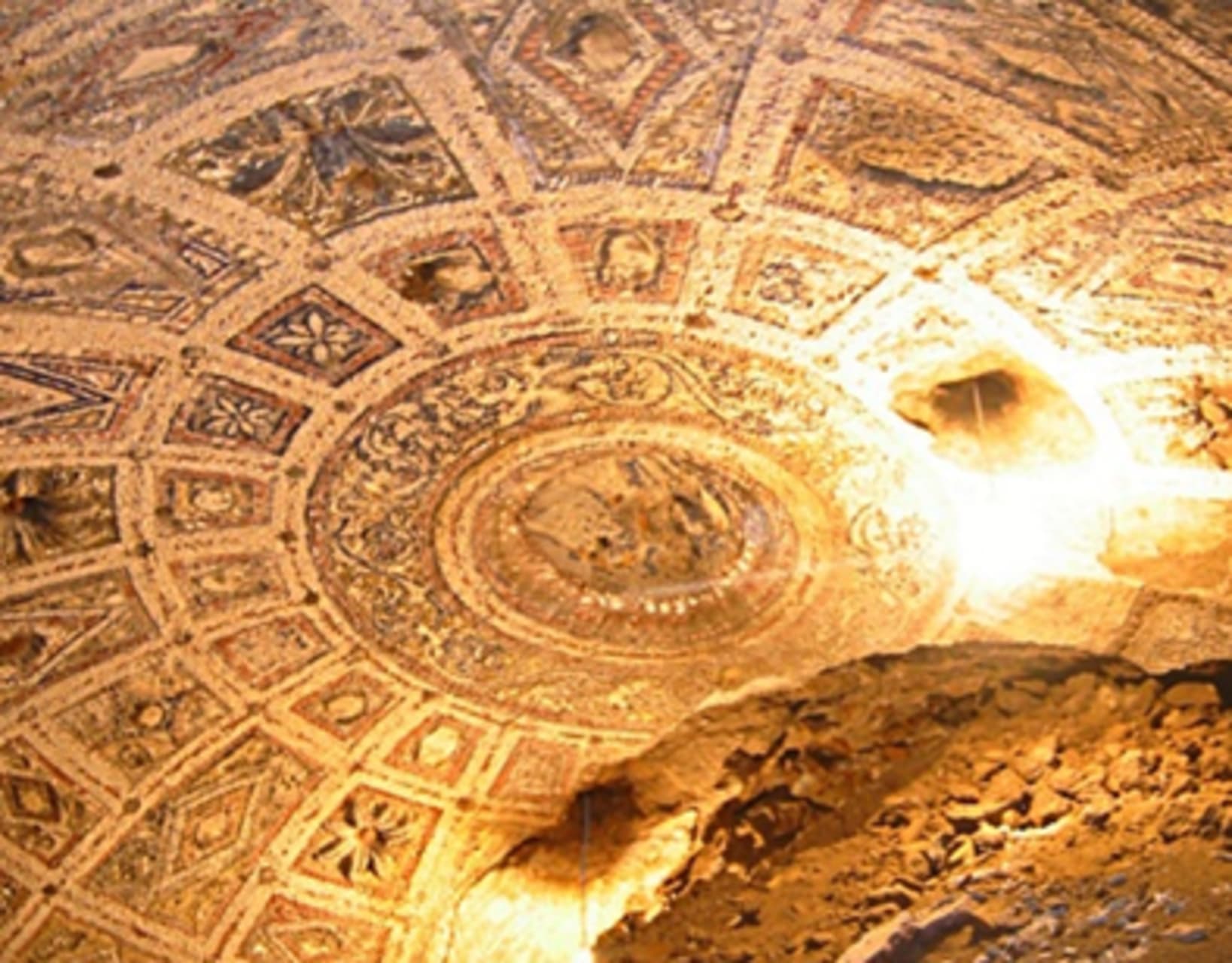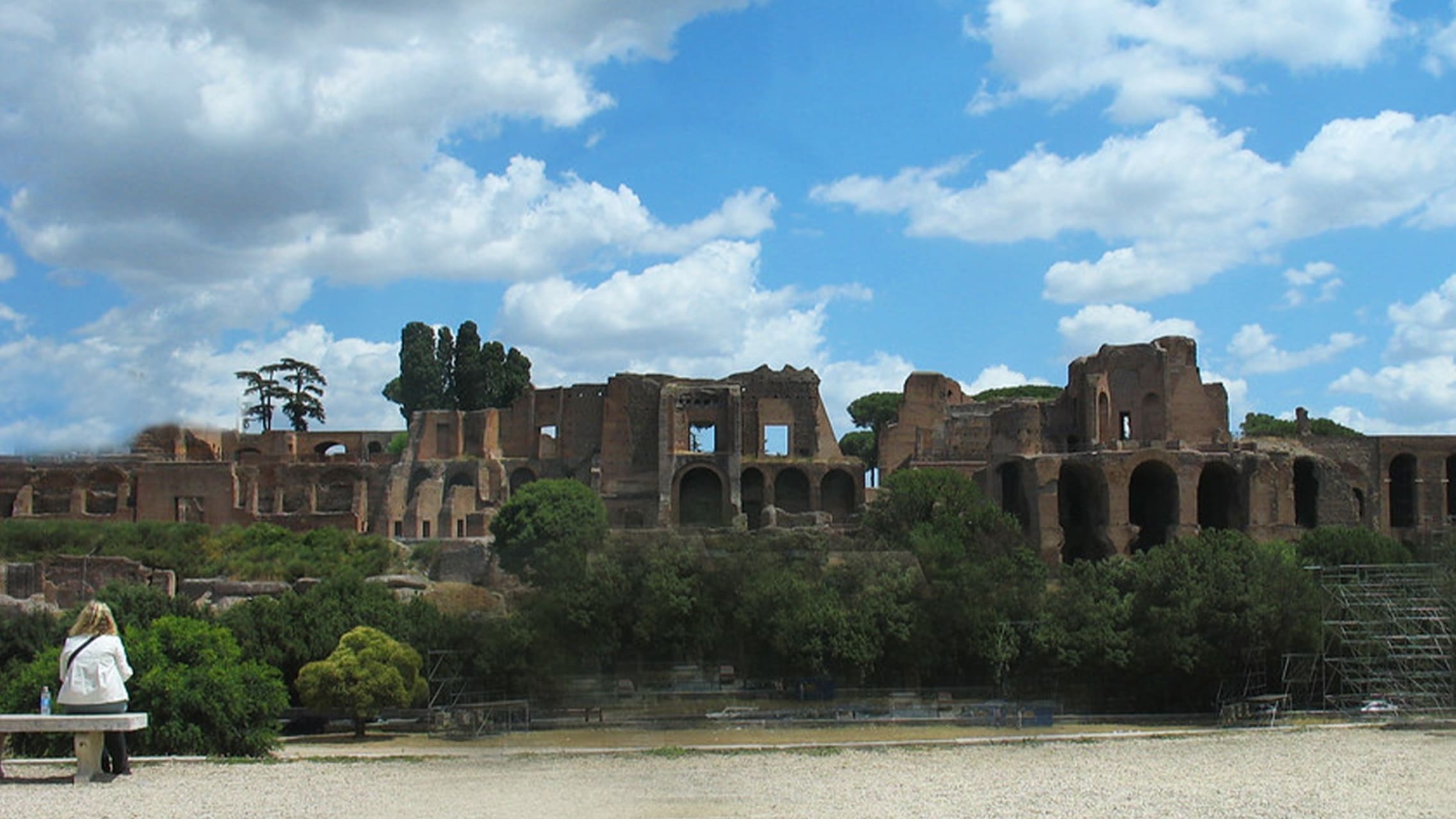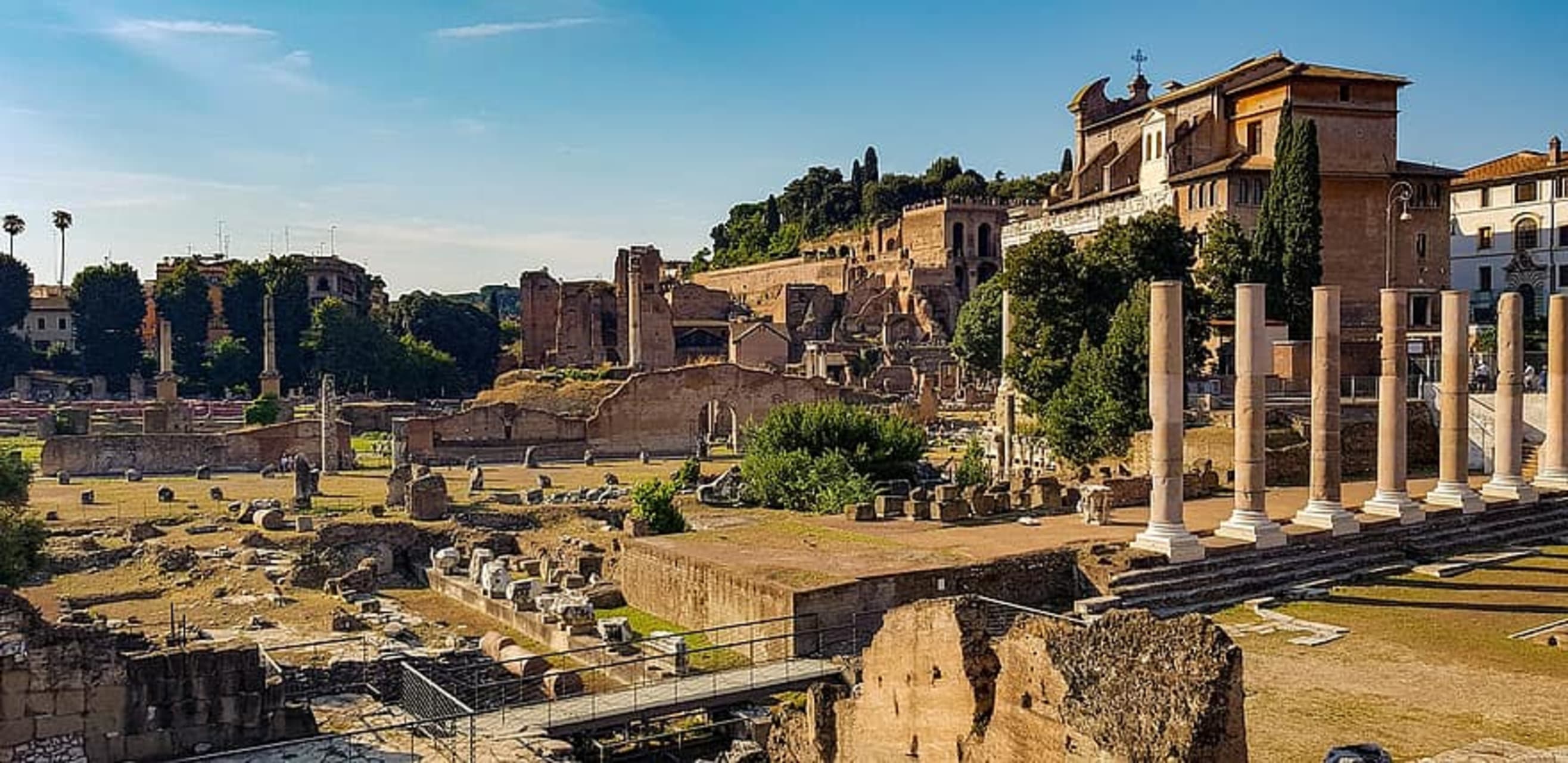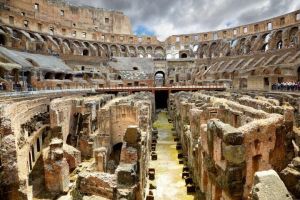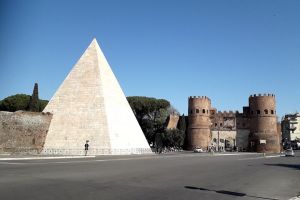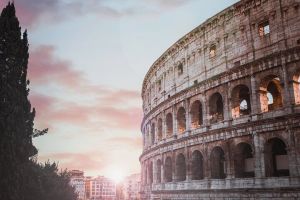Visit the centermost of Rome’s Seven Hills and where many believe the Roman Empire began. Visit the House of Tiberius, Palaces of Domitian, Augustus and Livia and enjoy a view over the Circus Maximus.
Palatine Hill Self-Guided Audio Walking Tour
- Offline Mode: Download tours and listen without WiFi
- Location Aware: GPS map allows you to enjoy the sites
- Instagram Hotspots: We find the perfect picture spots
- Enjoy a private experience in a COVID-19 safe environment
Visit the mesmerising Palatine Hill, the centremost of the seven hills in Rome, where many believe the Roman Empire began. This beautiful area is renowned for its architecture, history, secret treasures and picturesque photo stops!
On this immersive tour, narrated by a local historian, you will walk through one of the first private botanical gardens in the world at Faranesie Gardens, explore the Temple of Cybele, marvel at the detailed frescoes on the side of the House of Livia, as well as learn about Roman Chariot racing at the Stadium of Domitian and Circus Maximus.
Wander around Palatine Hill and learn about the origins of this ancient city, a perfect walk for any historical trip to Rome. Venture off the tourist trail, and discover a mix of secret stories and famous residents as you get a more local feel for the area.
Start the tour with a fantastic view of Palatine Hill. With the dawning of the Imperial age, the emperors came and started to build lavish Palaces on this plateau.
Head into Farnesie Gardens, created by Cardinal Allesandro Farnese in 1550 and was one of the first private botanical gardens in the world. Touch on Renaissance culture and how it was connected to ancient Roman history.
Discover the Temple of Cybele, a mother goddess who sat alongside the maternal deities of Rhea and Demeter. Learn about how Ancient Mediterianian religion was complex. Key deities were replicated with regional differences, often when Greeks find other gods they equate them with their own and thus they end up merging.
Marvel at the detailed frescoes on the side of the House of Augustus and Livia. Beneath it archeologists have discovered what they believe to be the Lupercal, the cave in which Romulus and Remus were thought to have been raised, all the way back around 753BC.
Visit Domus Flavia, a Flavian palace built by the last of the Flavian’s Domitian. It would have truly been a marvel since Rabirius, Emperor Domitian’s appointed architect, was the one overseeing its construction.
Founded in the 1800s, destroyed and rebuilt, the Palatine Museum now houses collections directly related to Palatine Hill. The museum traces objects from the earliest occupations of the Palatine, which go back thousands of years to the 7th and 9th BCs. We would absolutely recommend exploring room 5 to check out the Apollo Citadero, a stunning fresco. Then head to the Stadium of Domitian, an area that could have been used for horse riding, private foot races and wrestling.
After visiting the Temple of Apollo, head down to the Bath’s of Severus and explore the remnants of one of Rome's greatest Bath Houses. For Romans, public bath houses were a huge part of communal life. You would meet friends, close business deals and chat with strangers.
Finish the tour at the Circus Maximus, a hippodrome that would have primarily been for chariot races. This structure dates back to the 1st Century AD. Its estimated 150,000 fans could have attended, making it the largest stadium of ancient Rome, at a whopping 621 by 118 meters. It would have been incredible to visit back in Ancient Rome!
The Vidi Guides experience is enriched with on-screen photos and videos. We also point out where to take the perfect Instagram photos during the tour, and include recommendations for food, drinks, and local attractions. Don't worry, none of our recommendations are sponsored - they are simply favourites of the locals who helped craft the experience.
Vidi Guides creates immersive audio experiences that are like podcasts. This is a self-guided audio tour that can be started or stopped at your own convenience. Download the Vidi Guides app & your tour to explore the area independently and safely! Make sure to download your tour before your visit to streamline your trip!
- Access to your self-guided audio tour
- Audio tour provided by a local or historian
- Offline Mode: Download tours in advance to listen without WiFi
- Location Aware: GPS map allows you to enjoy sites, without getting lost
- Instagram Hotspots: We find the spot for your perfect picture
- Headphones
- Admission to Palatine Hill (from £10)
- Admission to Visit Domus Flavia (price from £10)
- Mobile device
Start Location: Via della Salara Vecchia, Via della Salara Vecchia, Roma
End Location: Via del Circo Massimo, Via del Circo Massimo, Roma
Audio : English
- This product is suitable for all ages
- Do it at your own pace. This product is suitable for all fitness levels
- English speaking Audio guide only
- You will need to bring your own mobile phone
- You will need to bring your own headset/earphones
Cancellation Cutoff: 24 hours
Cancellation Notes: Up to 24 hours before the beginning of the activity: full refund Less than 24 hours before the beginning of the activity or no-show: no refund
| Palatine Hill Immersive Walking Tour | RETAIL PRICE |
|---|---|
| Adult (5 - 90 years) | £12.99 |
- Palatine Hill, Via Sacra, Rome, Metropolitan City of Rome, Italy
- House of Augustus, Parco archeologico del Colosseo, Rome, Metropolitan City of Rome, Italy
- Tempio della Magna Mater, Via di S. Teodoro, Rome, Metropolitan City of Rome, Italy
- Orti Farnesiani sul Palatino, Via di San Gregorio, Rome, Metropolitan City of Rome, Italy
- Temple of Apollo, Rome, Metropolitan City of Rome, Italy
- Circus Maximus, Via del Circo Massimo, Rome, Metropolitan City of Rome, Italy
- Duration: 50 minutes -
- Trip difficulty: Easy
- Category: Tours & Sightseeing
